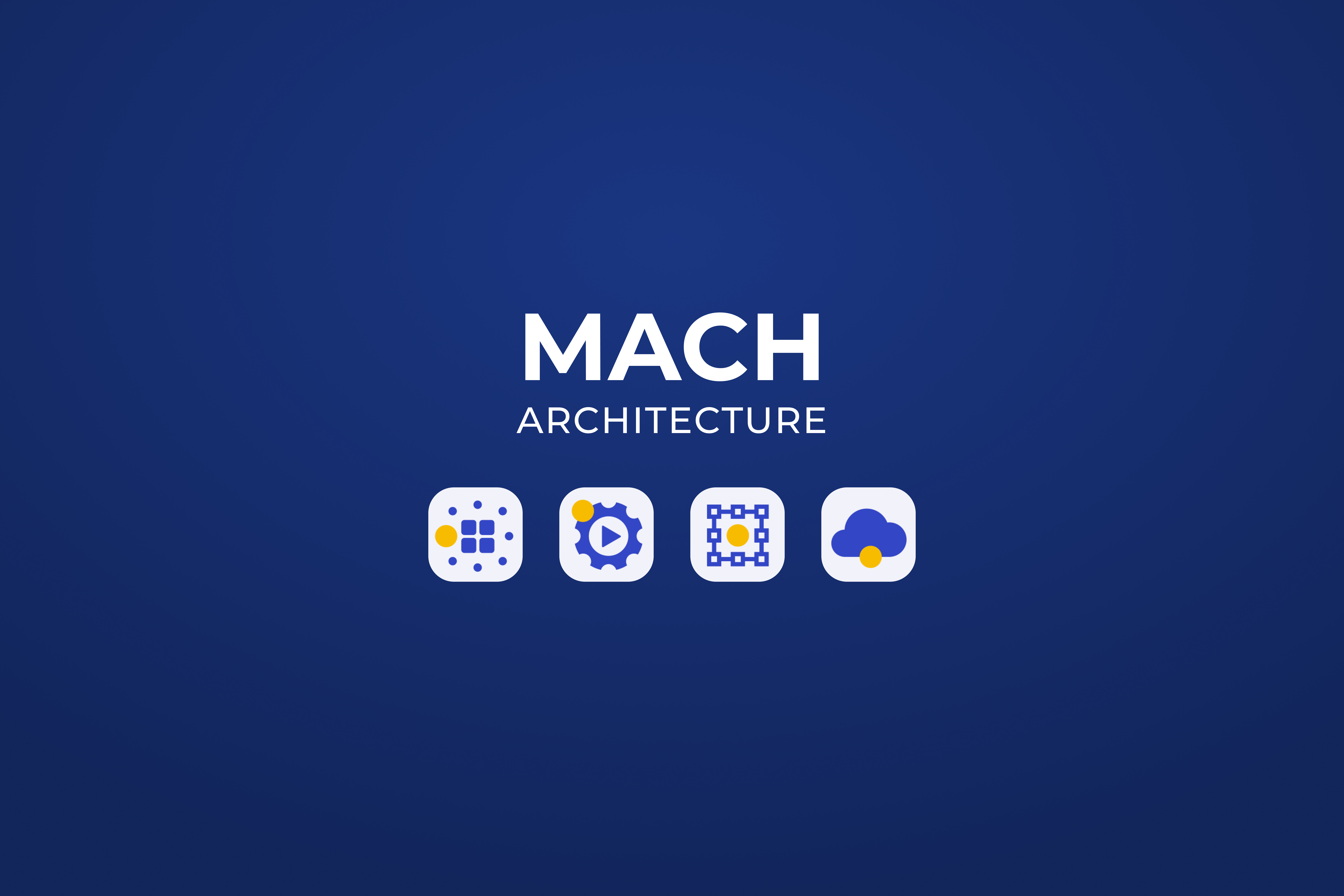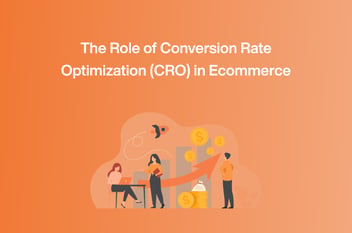One architectural framework that has gained considerable attention recently is MACH, which stands for Micro-Services, API First, Cloud Native, and Headless. Understanding the key components of MACH and their benefits can pave the way for a more dynamic and adaptable business model.
Modularity for Development
At the core of MACH architecture is the principle of modularity. This approach emphasizes breaking down complex systems into smaller, more manageable components. By doing so, businesses can prevent the emergence of monolithic structures that hinder development, management, and deployment. Instead, they can focus on building and maintaining individual microservices.
Microservices
Microservices are the building blocks of MACH architecture. These services are designed to be independent of each other, allowing development teams to work on them without impacting one another. This independence extends to testing and deployment as well. Microservices communicate with each other via APIs, ensuring that they remain isolated and loosely coupled.
Simplified Integration with API First
Historically, integrating different systems posed significant challenges, with varying technologies and approaches causing headaches for developers. The API First component of MACH addresses this by making APIs the primary interface for all parts of the system. This comprehensive coverage simplifies integration, offering a standardized way to connect various components.
Scalability and Efficiency with Cloud Native
Scaling and managing infrastructure can be complex and time-consuming. Cloud Native solutions, another pillar of MACH, alleviate these concerns. Service providers take care of infrastructure scaling, allowing businesses to focus on working with partners and defining service level agreements (SLAs). Upgrades are smooth, as MACH architecture's modularity ensures backward compatibility.
Headless for Multi-Channel Experiences
Digital channels are continuously expanding, making consistent content and experiences across these platforms essential. The Headless component of MACH separates presentation from content and functionality. This enables businesses to create unique experiences on top of a shared API and microservices infrastructure. Content can be reused and published across various touchpoints.
Customization and Innovation
MACH architecture empowers businesses to be agile and innovative. The modular approach means they can migrate from legacy systems gradually, selecting the pieces to move and updating them incrementally. It also enables businesses to choose the best vendors and suppliers that align with their needs. APIs further facilitate custom integrations, ensuring the architecture fits the unique workings of the business.
In conclusion, MACH architecture offers a transformative approach to digital business. Its focus on modularity, independence, integration, scalability, and customisation provides a framework for agility and innovation. By adopting MACH principles, businesses can remain innovative in a competitive digital world, freeing themselves from mundane tasks and concentrating on what truly sets them apart. Embracing MACH architecture is a strategic move towards a more adaptable and forward-thinking future.




